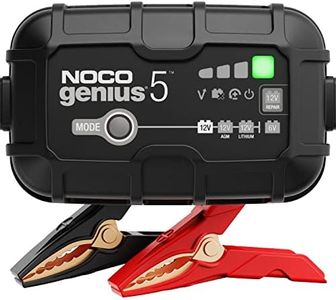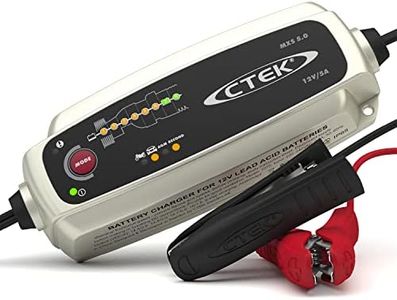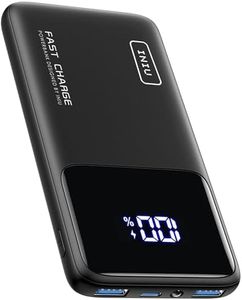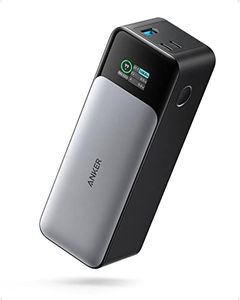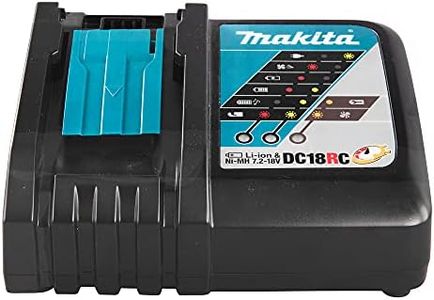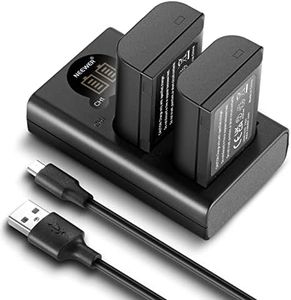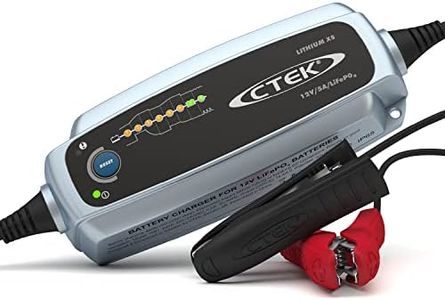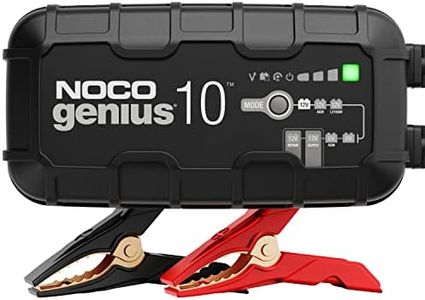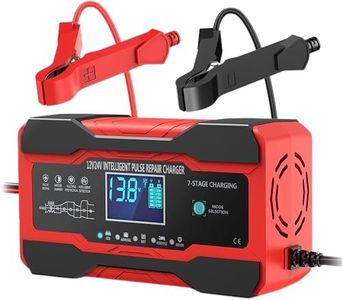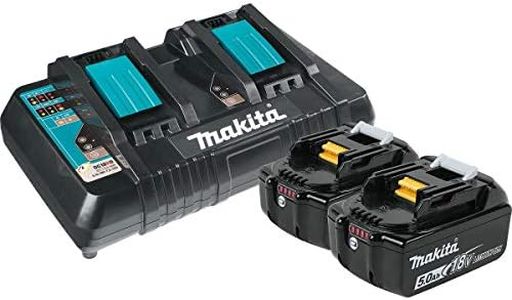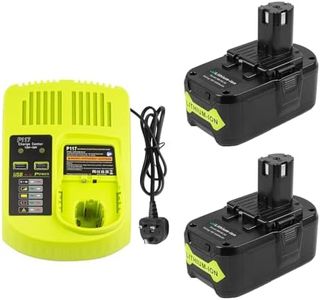We Use CookiesWe use cookies to enhance the security, performance,
functionality and for analytical and promotional activities. By continuing to browse this site you
are agreeing to our privacy policy
10 Best Battery Chargers
From leading brands and best sellers available on the web.Buying Guide for the Best Battery Chargers
Choosing the right battery charger is all about matching the charger's features to the type of batteries you use most often and your charging habits. Think about what devices you need to keep powered, how often you need to charge them, and whether you'll use the charger at home, at work, or on the go. A good fit means your batteries charge safely, efficiently, and without hassle, so it's worth learning which specs are most important before you buy.Supported Battery TypesThis spec tells you which kinds of batteries the charger can handle, such as AA, AAA, 9V, lithium-ion, NiMH, or NiCd. It's important because using the wrong charger for your battery type can be unsafe or may not work at all. Chargers can be universal (handling multiple types), or specialized (only for certain batteries). Before choosing, check what batteries you need to charge most—if you use only AA and AAA, a simple charger will do; if you have different sizes or chemistry types, a universal charger might be best.
Charging Speed (Output Current)Charging speed is often listed as output current, measured in amps (A) or milliamps (mA), and sometimes as estimated hours to full charge. Faster chargers save time, but may generate more heat, which can reduce battery life if used improperly. Lower currents are gentler but take longer. If you need your batteries quickly for frequent use, a higher speed is useful; for occasional needs or to maximize battery lifespan, a slower charger may be better. Always use a charger that's appropriate for your battery's recommended current.
Number of Charging BaysThis is how many batteries you can charge at once. Some chargers have just two slots, while others can handle four, eight, or even more. For people with a lot of devices or families, more bays mean more convenience. If you only need to charge a couple of batteries now and then, fewer bays are fine. Consider your typical battery usage patterns to decide.
Smart Charging Features (Such as Automatic Shutoff & Individual Bay Monitoring)Smart features help protect your batteries and make charging easier. Things like automatic shutoff stop charging when batteries are full, preventing overcharging and extending lifespan. Individual bay monitoring means each battery is controlled separately, so you can mix different types or charge one at a time. Look for these features if you want extra safety or plan to charge mixed battery sets.
Power Source CompatibilityChargers might use standard wall outlets (AC), car adapters (DC), or even USB ports for power. This affects where and how you can use your charger. If you always charge at home, AC is enough; for travel or use in a vehicle, consider a charger with car or USB compatibility. Think about when and where you'll want to recharge your batteries to find the right match.
Display and IndicatorsSome chargers have simple lights to show charging status, while others offer screens or more detailed indicators. Clear displays make it easier to see when batteries are done or if there is a problem. If you value knowing the exact charging progress, look for a charger with good indicators; for people who just want to insert and forget, basic lights may be enough.
